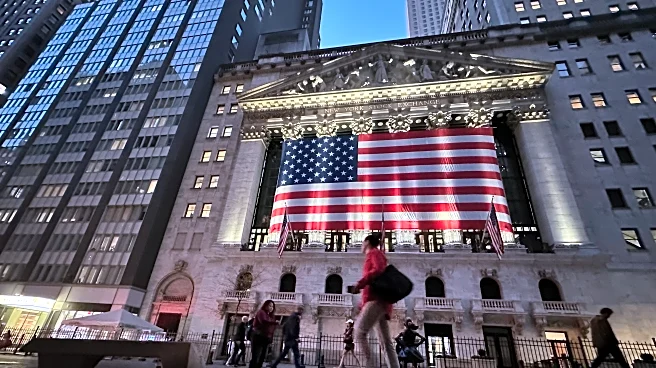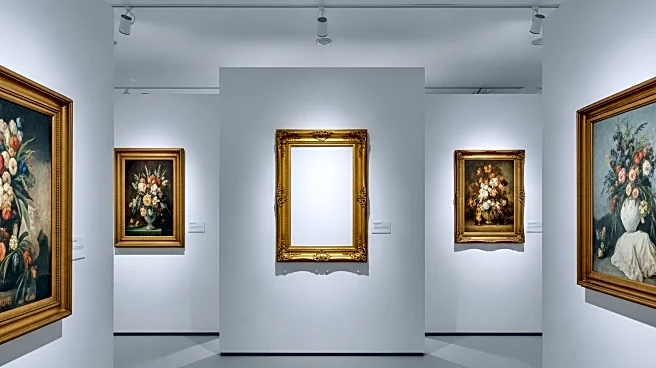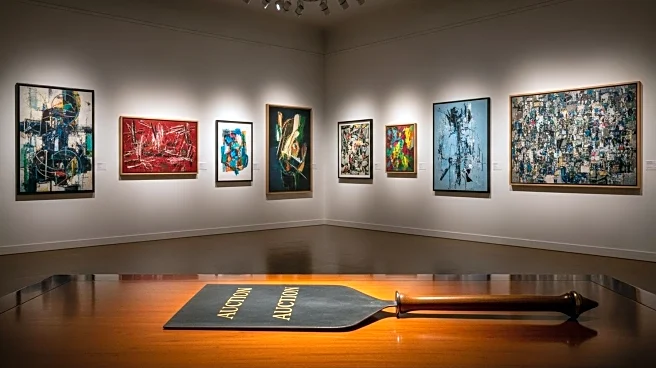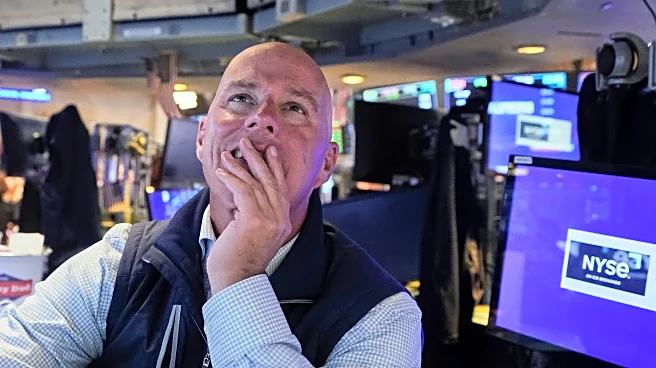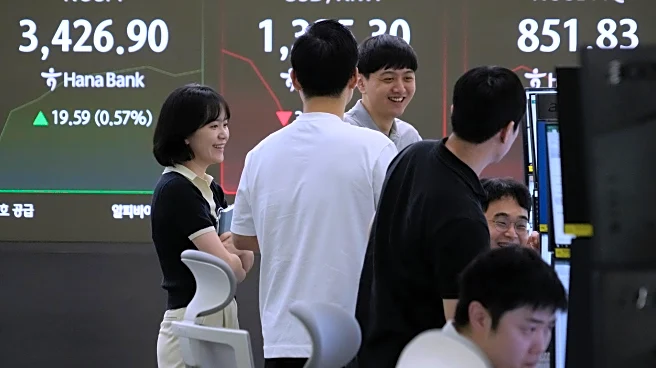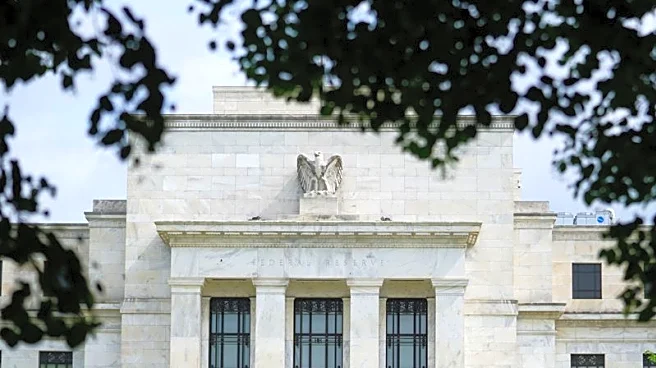What's Happening?
The art market is experiencing a period of uncertainty as it resumes activities post-summer break. Recent closures and cancellations, such as the shuttering of Tim Blum's galleries and the cancellation of the Art Dealers Association of America's New York fair, highlight the challenges facing the industry. These developments are occurring against a backdrop of global economic issues, including wars, a Chinese property crash, and persistent inflation. Despite these challenges, some businesses are adapting by implementing new strategies, such as Phillips auction house's revised fee structure and Goodman Gallery's collaborative online platform.
Why It's Important?
The current state of the art market reflects broader economic trends and challenges, with potential implications for the industry's future. The ability of art businesses to adapt and innovate in response to economic pressures will be crucial for their survival and success. The situation also underscores the interconnectedness of global markets and the impact of macroeconomic factors on niche industries. The art market's response to these challenges could serve as a case study for other industries facing similar pressures, highlighting the importance of flexibility and collaboration in uncertain times.
What's Next?
As the art market navigates these challenges, stakeholders will be closely monitoring economic indicators and consumer behavior. The success of new business models and strategies will be critical in determining the market's resilience and ability to recover. Additionally, the evolving tastes and preferences of art buyers may influence future trends and demand, prompting further innovation and adaptation within the industry.


